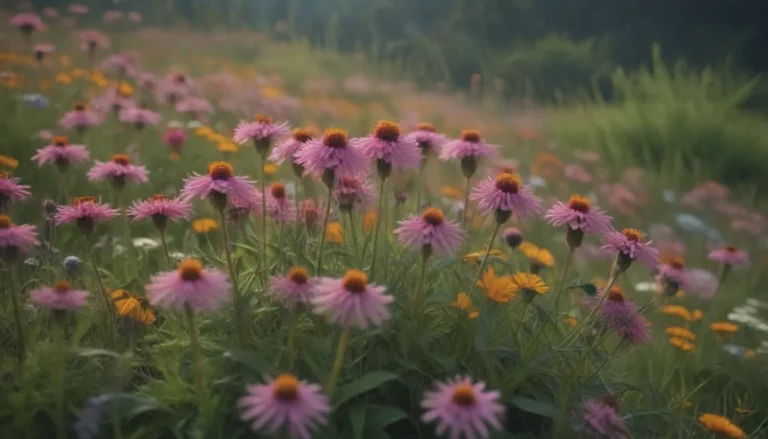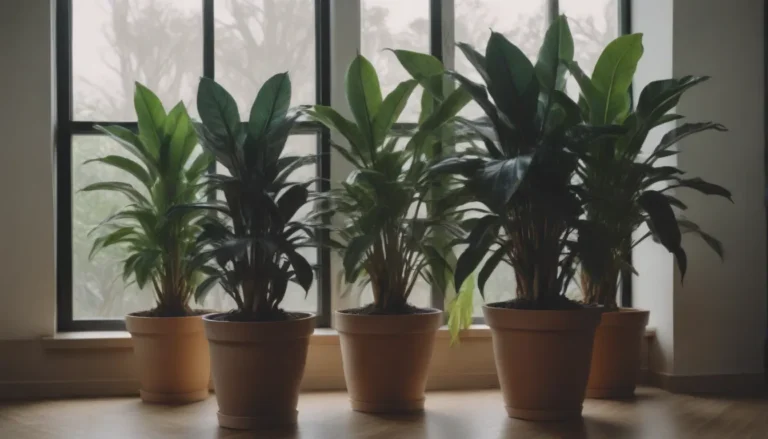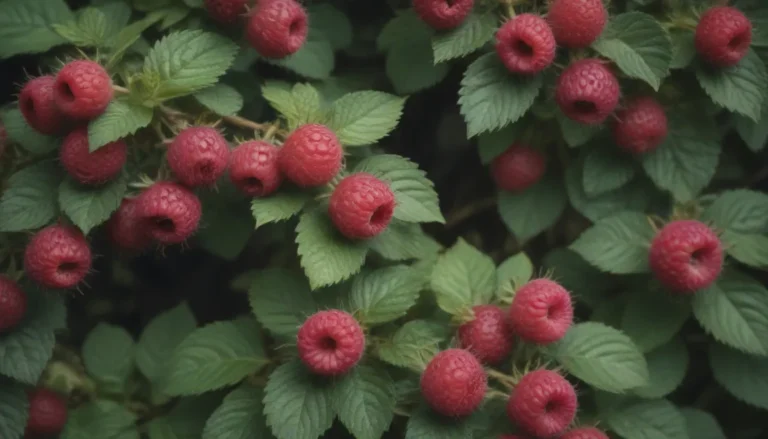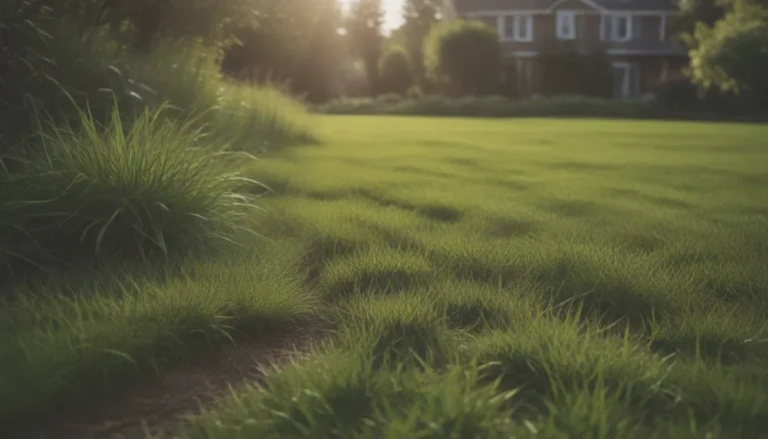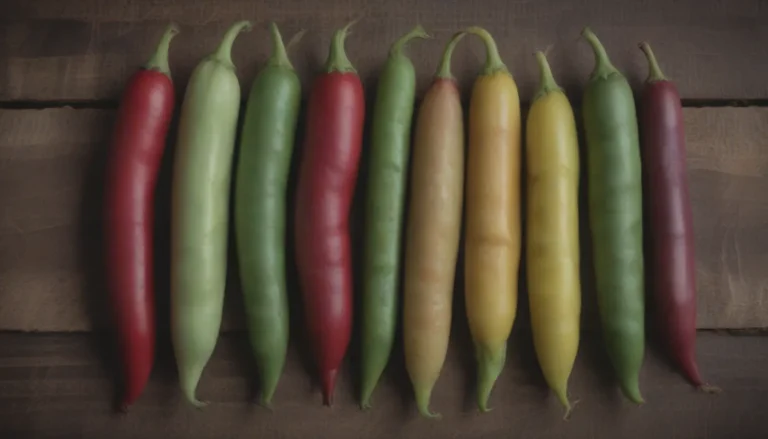The Ultimate Guide to Growing and Caring For Chamomile

Chamomile is a versatile European herb that not only adds beauty to your garden but also provides a plethora of benefits. From herbal remedies to beverages and skincare products, chamomile is a must-have plant for any green thumb. In this comprehensive guide, we will delve into the world of chamomile, exploring everything from different types of chamomile to best practices for growing and caring for this delightful herb.
Types of Chamomile
Chamomile comes in various types, but the most common ones are German and Roman chamomile. Both varieties feature fragrant, daisy-like flowers with white petals surrounding a yellow center. German chamomile is known for its abundant flowers, ideal for making tea, while Roman chamomile is prized for its fragrant blooms and is often used as a ground cover.
Some popular varieties of German chamomile include:
– ‘Bodegold’
– ‘Gosal‘
– ‘Zloty Lan’
Chamomile Care
Both German and Roman chamomile are relatively easy to care for and thrive best in rich, organic soil with good drainage. Here are some essential care tips for growing healthy chamomile plants:
Light
Chamomile grows well in both full sun and partial shade. While the plants will flower best in full sun, partial shade is recommended in hot climates to prevent burning the delicate blooms.
Soil
For optimal growth, chamomile prefers rich, organic soil with a neutral pH ranging from 5.6 to 7.5. While the plant can survive in poorer soil conditions, it may result in floppy stems.
Water
Water young chamomile plants about an inch per week, allowing the soil to dry out between waterings. Established plants are drought-tolerant but may benefit from additional moisture in hot climates.
Temperature and Humidity
Chamomile thrives in moderate temperatures between 60 to 68 degrees Fahrenheit and can withstand summer weather under 100 degrees Fahrenheit. The plant does not do well in excessively humid conditions.
Fertilizer
Chamomile does not require regular fertilization and can grow well without additional feeding.
How to Harvest Chamomile for Tea
Harvesting chamomile flowers for tea is a simple process that can be done throughout the blooming season. Here are some tips for harvesting chamomile flowers for tea:
- Gather flowers when they are fully open
- Pull off the flowers while holding the stem underneath
- Dry the flowers in a dry spot for seven to 10 days
- Store dried flowers in a cool, dark place
Pruning and Propagating Chamomile
Regular pruning and propagating are essential to maintain healthy chamomile plants. Here are some tips on how to prune and propagate chamomile:
Pruning
If chamomile plants become leggy midseason, trim the stems down about 4 inches from the soil line to encourage new growth and more flower production. Deadhead faded flowers to promote new blooms.
Propagating
Propagation methods vary between Roman and German chamomile. Roman chamomile can be easily propagated by division, while German chamomile reproduces best from seeds. Both should be propagated in early spring after the threat of frost has passed.
Growing Chamomile From Seed
German chamomile spreads easily by self-seeding and can be started indoors about six weeks before the last expected frost. Direct seeding chamomile outdoors is also possible, but fall seeding may result in better germination rates.
Potting and Repotting
Chamomile can thrive in containers that are at least 6 inches deep with good drainage. Transplant chamomile when the plant is 2 to 3 inches tall, avoiding active flowering phases for successful transplanting.
Overwintering
Chamomile may survive frost but will not withstand freezing temperatures. Move potted German chamomile indoors during winter months to protect them from harsh conditions.
Common Pests and Problems
Chamomile is generally resistant to most pests but may occasionally experience issues such as brown spots on the leaves or excessive watering. Treat fungal diseases with fungicidal oil and adjust watering practices if leaves turn brown and fall off.
Final Thoughts
Chamomile is a delightful herb that not only adds beauty to your garden but also offers a range of health and wellness benefits. By following these tips and best practices for growing and caring for chamomile, you can enjoy a bountiful harvest of fragrant blooms and tasty teas. Whether you’re a seasoned gardener or a novice plant enthusiast, chamomile is a wonderful addition to any garden. Embrace the art of chamomile cultivation and reap the rewards of this versatile herb!
